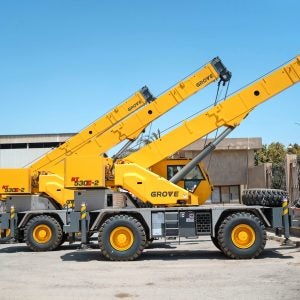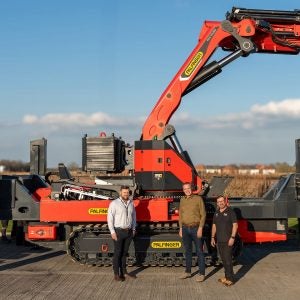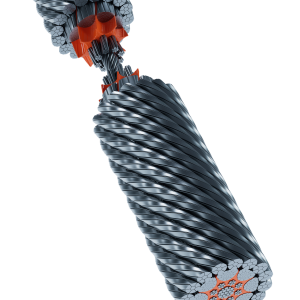First production model of a new offshore crane training simulator is delivered next month to the Ship Manoeuvring Simulating Centre in Trondheim, Norway.
The simulator has been developed by Drilling Systems (UK) in a government-backed project.
The prototype simulator, KraneSIM-6000, which simulates a Kenz DHC 65/3500 luffing crane on an offshore platform, was shown at last year’s North Sea Offshore Crane Conference. It will be at the same event again next month, from 2 to 4 April, in Stavanger, Norway.
A second production model is scheduled to be delivered to Austrian crane manufacturer Liebherr Nenzing in June or July.
The simulator displays a virtual reality environment on a special dome-shaped viewing screen that has not been used for simulators before, claimed Drilling Systems managing director Julian Jones. He said the ‘tricky bit’ of development was the mathematical models that accurately replicate the laws of physics. Jones said that these simulators cost in the region of £500,000 ($750,000).
Last month the HSE published a research report*, prepared by Drilling Systems, that described the development of the simulator-based training package and concluded that ‘there is great scope for expansion of the simulation facilities so far developed. This approach offers great potential for reducing the number of crane related accidents.’
Other participants in the project include Sparrows Offshore Services, Kenz Cranes, Special Maintenance Services, A1 Safety Training Consultants and Datainstruments.
As part of the wider training project, A1 Safety Training Consultants has developed a document that defines how the simulator should be used to train operators, from arrival offshore through pre-start checks to operations.
Jim MacFarlane, an inspector with the HSE’s mechanical engineering section, commented: ‘The thing about this simulator is that it’s not fixed, it’s mobile, it tours around to an operator’s car park, where you set it up and send your guys to it. You don’t have the problems caused by losing your guys for a week, and you don’t have to pay subsistence. It comes to you.’
Oil company Shell UK, which participated in the project, plans to use the simulator to reassess its crane operators. ‘We are going to use the simulation for emergency response, which is something we can’t do when assessing operators in the field,’ said John Day, mechanical engineer in Shell’s southern UK division. ‘We can’t simulate hook swing on an actual crane. The simulation puts all these features in.’
In part payment for its development work, Great Yarmouth-based A1 Safety Training Consultants will demonstrate the machine to customers for a few months, said director Rodney Leech. It is scheduled to take delivery of the prototype sometime before June and will run short courses for customers. Pricing has not yet been determined. The possibility of future courses would depend on demand, he said.
The HSE will monitor results of this training course, MacFarlane said. If simulator-aided training goes well, the HSE will put together a training and accreditation scheme using the simulator, he said. He said that the UK would not make simulator training compulsory. Only in Norway is it compulsory for offshore crane operators to train on a simulator, MacFarlane said.
* HSE Research report 043: Development of a training simulator for offshore crane operators is available online at www.hse.gov.uk /research/rrpdf/rr043.pdf or for £25 from HSE, fax +44 1787 313995.






